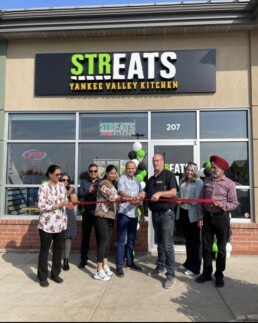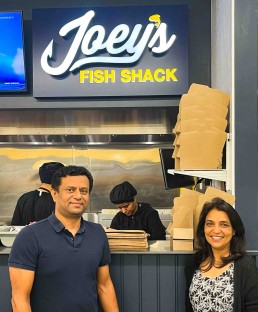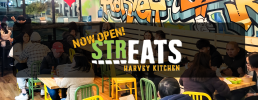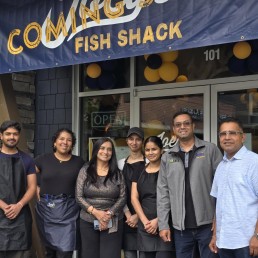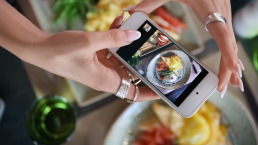If you’re looking to increase sales and average transaction values in your food business, here are the top five menu psychology techniques to help you achieve just that.
Menu Layout Optimization
The layout of your menu plays a critical role in influencing customer choices. Think of your menu as real estate, where different sections hold varying values. The most valuable area is the top right-hand corner, where customers’ eyes are naturally drawn first. Place your high-profit items in this prime spot and highlight them by putting a box around them, labeling them as “Chef’s Specialty” or “House Specialty.” Changing the font style or size can also draw attention to these items.
Descriptive Language
Using appealing and descriptive language on your menu can significantly increase sales. Your menu should act as a salesperson, enticing customers with vivid descriptions. For example, instead of writing “beef burger,” use “succulent char-grilled beef patty with house-made pickles and double cheese.” Descriptions should include words like “succulent,” “juicy,” and “house-made” to create a mouth-watering image in the customer’s mind.
Tabletop Marketing
Tabletop markers or tent cards are effective silent salespersons. These marketing materials can promote your hero dishes, the most profitable items, even when staff are not around. Place them on every table to keep customers informed about your special offerings, encouraging them to order more.
Limiting Menu Choices
A concise menu can help reduce customer anxiety and decision fatigue. When customers face too many options, they may feel overwhelmed and regret their choices. A limited menu simplifies the decision-making process and can lead to higher satisfaction and faster service. It also helps the kitchen maintain efficiency.
Upselling and Cross-Selling
Training your staff to upsell and cross-sell can significantly boost your average transaction value. Encourage waitstaff to suggest sides, drinks, and add-ons. For instance, if a customer orders a burger, suggest adding premium ingredients or pairing it with a dessert or drink. Upselling involves getting customers to choose a higher-priced item, while cross-selling focuses on adding complementary items to their order.
Additional Tips for Menu Psychology
- Remove Dollar Signs: To prevent customers from focusing on the cost, eliminate dollar signs from your menu. Instead of “$12,” simply write “12.”
- Avoid Price Columns: Placing prices in a separate column can lead customers to choose based on cost rather than preference. List prices next to item descriptions to integrate cost information seamlessly.
- Highlight Provenance: Mention the origin of ingredients, especially if they come from a well-known region. For example, specify “Wagyu beef” or “prime ribs” to add value and entice customers.
- Use In-House Terms: Words like “house-made,” “chef’s specialty,” and “home-baked” imply quality and freshness, making items more appealing.
By implementing these menu psychology techniques, you can enhance the customer experience, encourage higher spending, and boost overall sales in your food business.
Streats Harvey Kitchen is Now Open in Kelowna, BC!
16 December 2024
Joey’s Fish Shack Wallaceburg: Opening Soon!
6 November 2024
Opening Soon: Streats Kelowna Kitchen
30 October 2024
New Location Opening Soon: Streats Airdrie Kitchen
30 October 2024
Restaurant Marketing Trends for 2024: Boosting Business
13 August 2024
